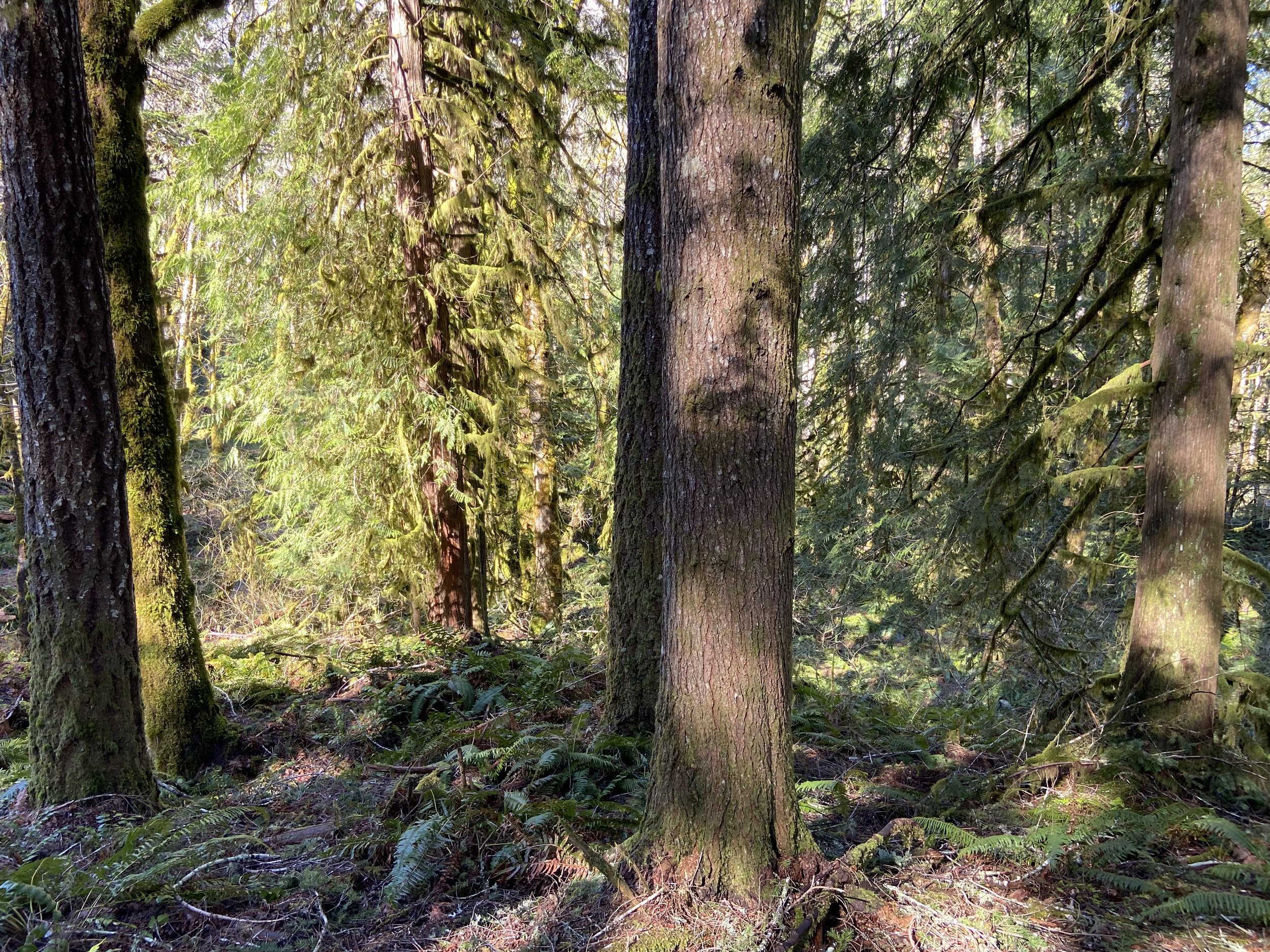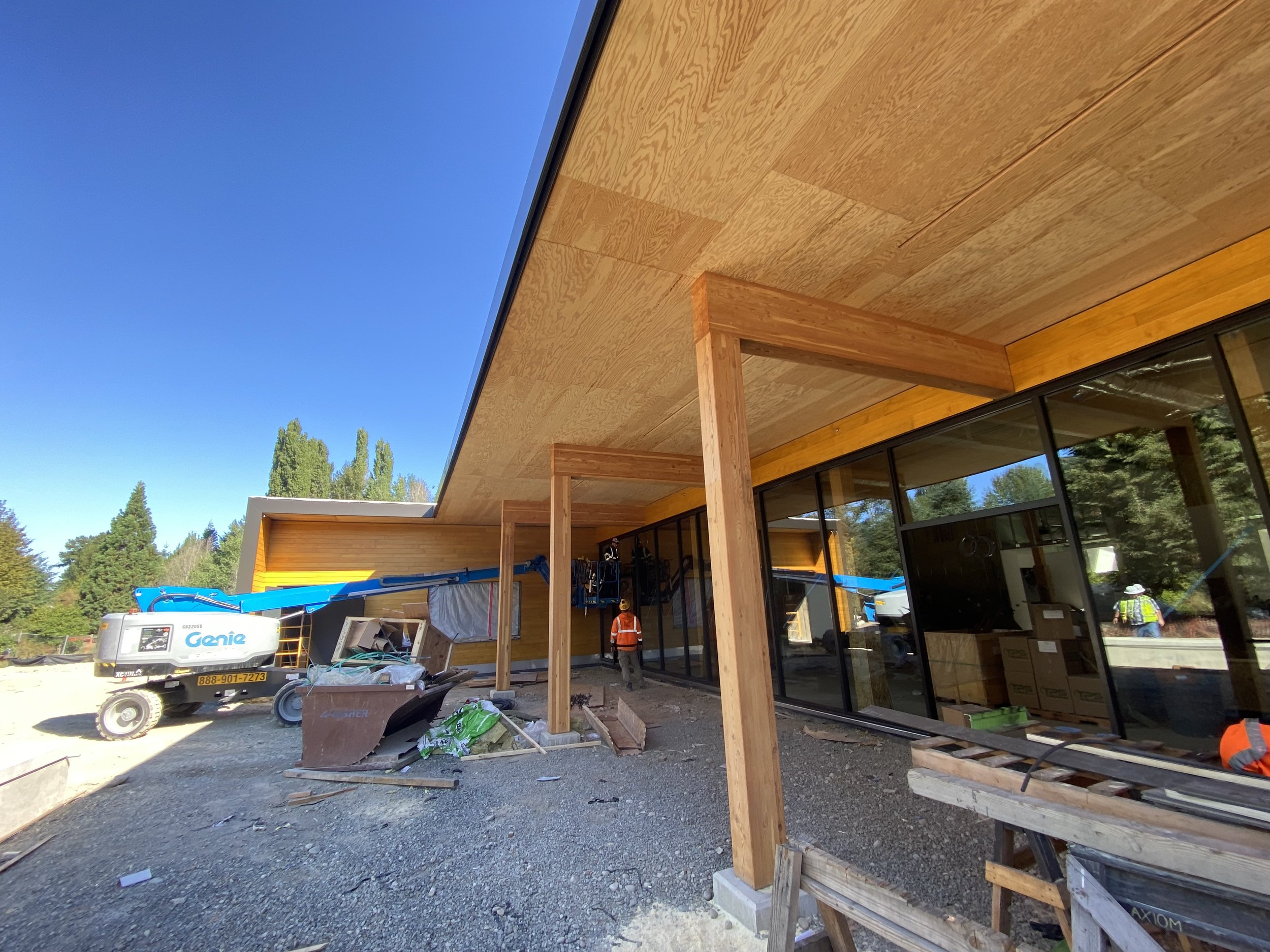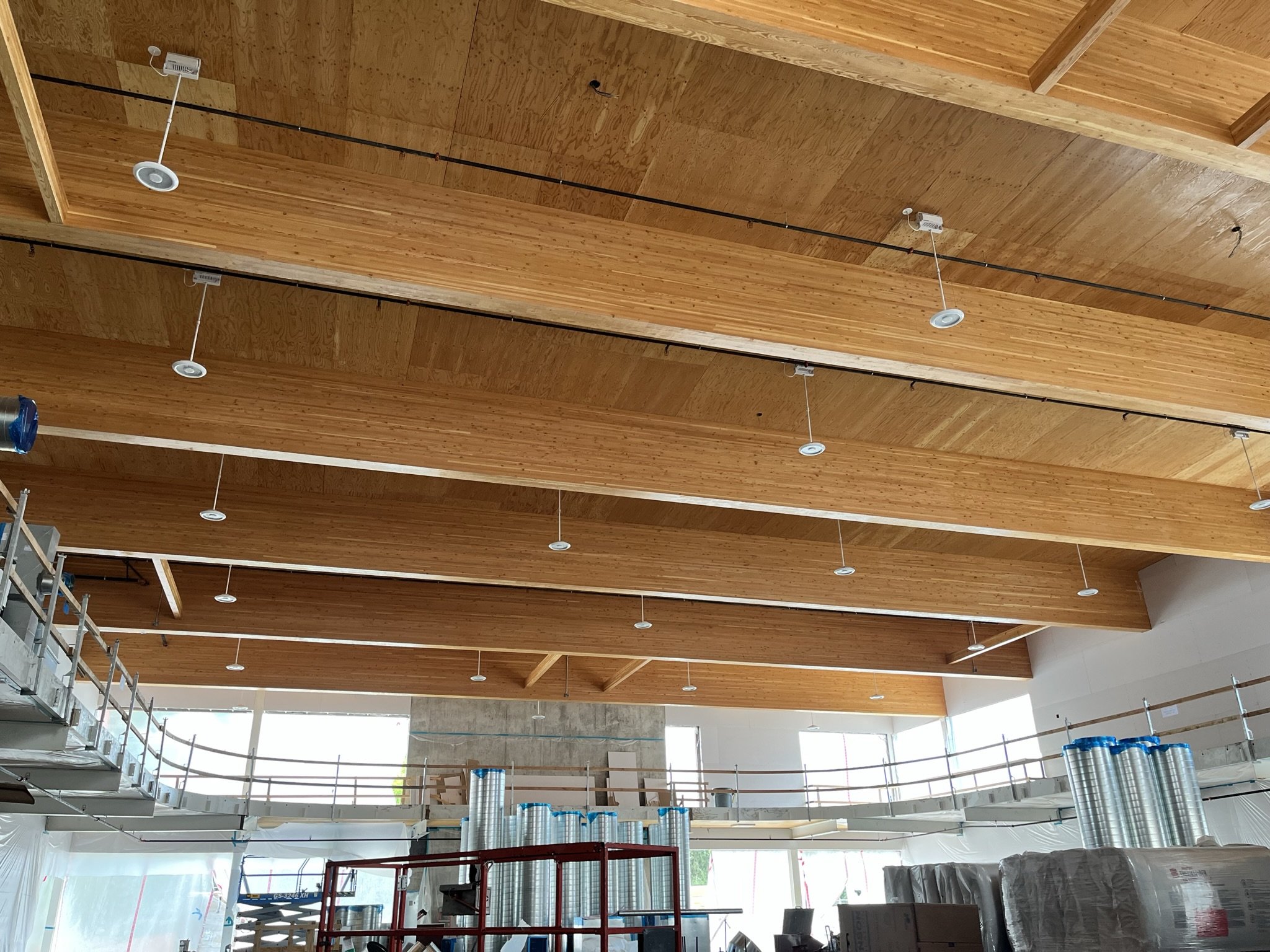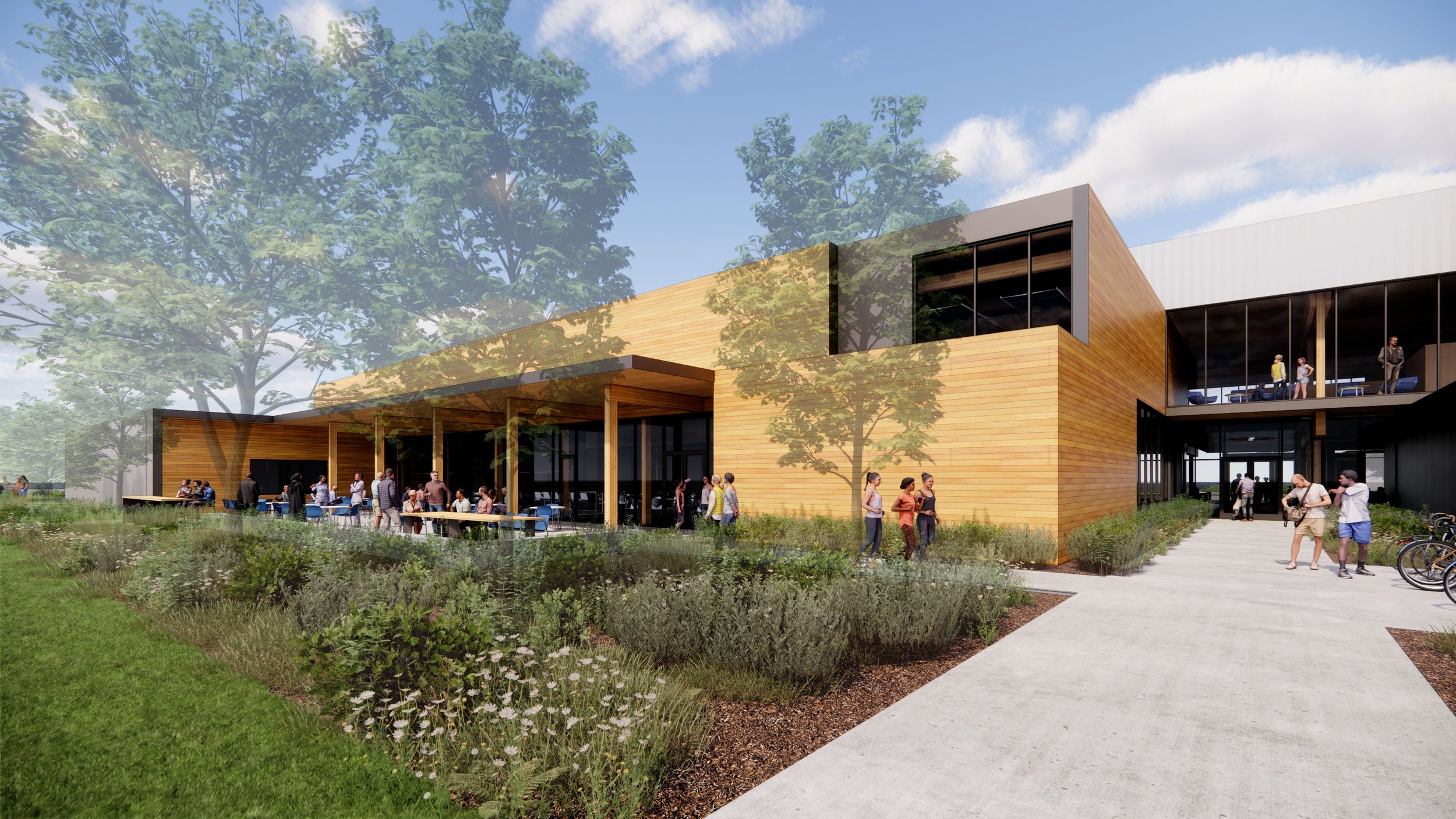Senior Center in Redmond, Wash. earns first ever recognition for innovations in wood
Opsis Architecture and Sustainable NW secure a point from U.S. Green Building Council/LEED for building with wood that supports innovative, transparent sourcing and forest management
In a ground-breaking achievement in green building, Sustainable Northwest and Opsis Architecture have secured the first ever LEED point for wood products from innovative, transparent sourcing and forest management. The building is the Redmond Senior and Community Center in Redmond, Washington, currently under construction.
The U.S. Green Building Council administers the LEED-certified green building program nationwide to encourage and verify green building practices. USGBC has been advocating for full transparency related to sourcing of all building materials, and the Redmond Center achieved that with a unique, enhanced tool for tracing where the wood came from and verifying forestry practices.
Opsis applied for LEED Gold certification, which uses a point system to measure how green a building really is. The innovation point was awarded for mass timber used in the Redmond building because Sustainable Northwest was able to help the builders do two unique things that existing certifications and LEED points are not designed to do:
The project achieved full disclosure related to wood sourcing, tracing wood from the building back to the forest in tandem with documenting mill level log sourcing data.
The project verified that the forestry contributed to improved landscape resilience and forest health.
For the Redmond Center, wood for Mass Plywood Panels was sourced through Freres Lumber, from Bureau of Land Management forestland in Oregon’s Willamette Valley. Currently, building lumber is usually not traced to its source. But Sustainable Northwest, Opsis, and Freres traced and verified the source of the lumber for the Mass Plywood Panels used in the Redmond Center, which is an advancement in traceability that opens the door to recognize and reward forest stewardship in all its forms, regardless of whether landowners take part in certification – including federal agencies practicing ecological forestry and Tribes whose stewardship often reflects unique Traditional Ecological Knowledge.
“We’ve been working since 2019 with leaders in the green building industry to build with and gain credit for using wood products linked to climate-resilient forest stewardship under the LEED and Living Building Challenge certification systems,” said Paul Vanderford, director of green markets for Sustainable Northwest. “This Innovation point for the Redmond Center gets the entire industry one step closer to being recognized for building with wood that supports healthy forests and resilient landscapes. It is an exciting time; folks involved see transparency as a way to build relationship and elevate the values behind the wood products everyone uses. We are in active conversations with national associations representing landowners and mills across the country, taking lessons from this work, and agreeing to baseline transparency protocols that create value for everyone involved.”







Photos by Sustainable Northwest and Opsis Architecture show the U.S. Bureau of Land Management forest restoration site in Oregon where the timber was procured; Mass Plywood Panels being manufactured at Freres Lumber; mass panel plywood being installed in the Redmond Center ceiling inside and eaves outside; and a rendering of the the final building. Construction will be complete in mid 2024.
Sustainable NW, Opsis, and others in the building industry are also excited about the ability to track and trace wood from its source as a way to advance equity. The system can track wood from specific landowners including Tribes, women- and minority-owned businesses, and small family-owned businesses, meaning that in addition to building with wood that improves forest and climate health, builders can choose wood that supports community health and equity as well. This kind of tracking, transparency, and traceability of wood to advance social equity adds to the innovative nature of this project – and future projects.
Who are the project partners?
Opsis Architecture – Design Architect/Architect of Record
Johnston Architects – Associate Architect
Carpentry Plus - construction firm Mass Timber Subcontractor
Absher - Contractor
PAE – Mechanical Electrical Plumbing engineer
Lund Opsahl – Structural Engineer
